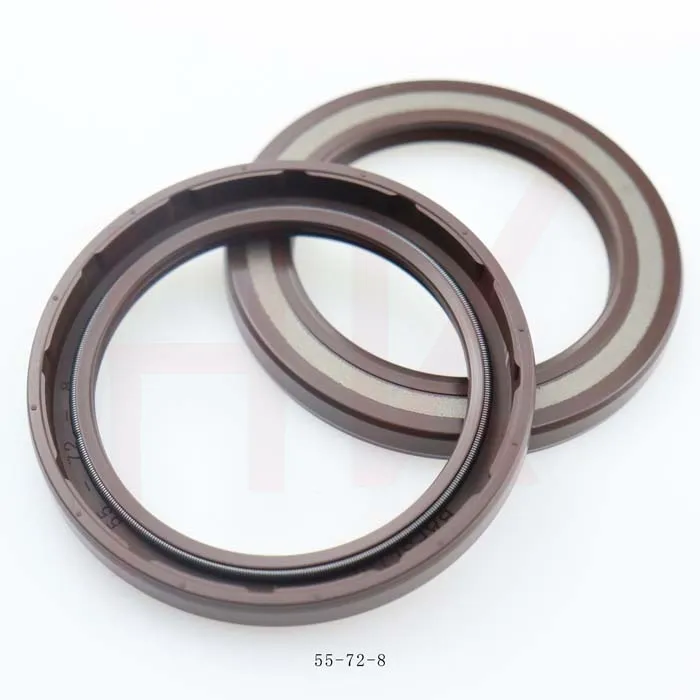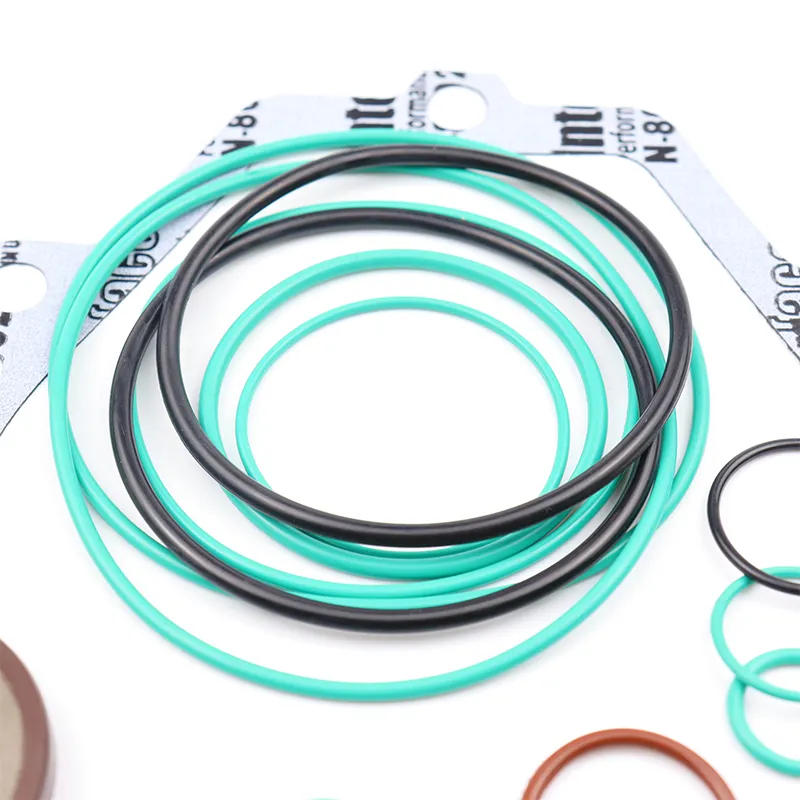Gen . 20, 2025 14:10 Back to list
Standard Hydraulic DKB Type Dustproof Wiper Oil Seal


When installing the replacement seals, ensure they are compatible with the hydraulic fluid and pressure conditions typical of your application. Heed the manufacturer's specifications indicated in the product datasheet. Hydraulics professionals typically recommend pre-lubrication of seals with the system’s operating fluid to facilitate easier installation and reduce initial friction once the cylinder resumes operation. Throughout the reassembly phase, maintain a meticulous approach. Properly torque all fittings to the specified values, preventing uneven pressures that could affect other components. Reassessing alignment is vital since even the slightest misalignment can considerably shorten the service life of seals and related parts. Once reassembled, cautiously recommission the system. Gradually introduce pressure and monitor for leaks or sound discrepancies that could suggest improper installation. A robust verification phase not only ensures system efficacy but fortifies user trust in your repair methodology. Preventative maintenance significantly extends the longevity of seals and associated components. Implement routine checks and establish criteria for seal inspection intervals. Enhanced seal material technology now offers advanced wear resistance and chemical compatibility, so consider these options for replacement to outstrip conventional models. Challenges inevitably present during these operations; however, with each experience, expertise is bolstered, imparting an invaluable depth of understanding in hydraulic systems management. Engaging with hydraulic systems communities and continuous learning through industry seminars consolidates knowledge and broadens proficiency. Through meticulous practice and improved familiarity with diverse system configurations, the evolving domain of hydraulic repair will be navigated with greater proficiency. Ultimately, systematic approaches underscore not just problem-solving acumen, but also a contributory role in sustaining mechanical systems within various industries worldwide.
-
The Trans-formative Journey of Wheel Hub Oil Seals
NewsJun.06,2025
-
Graphene-Enhanced Oil Seals: Revolutionizing High-Pressure Oil Sealing
NewsJun.06,2025
-
Future of Hydraulic Sealing: Advanced Intelligent TCN Oil Seals
NewsJun.06,2025
-
Don’t Let a Broken TCV Oil Seal Ruin Your Day
NewsJun.06,2025
-
Bio-Inspired Dust Seals for Better Sealing Performance
NewsJun.06,2025
-
Biodegradable and Sustainable Hydraulic Seal Materials
NewsJun.06,2025
-
Top Oil Seal Solutions for Your Industrial Needs
NewsMay.22,2025
Products categories
















